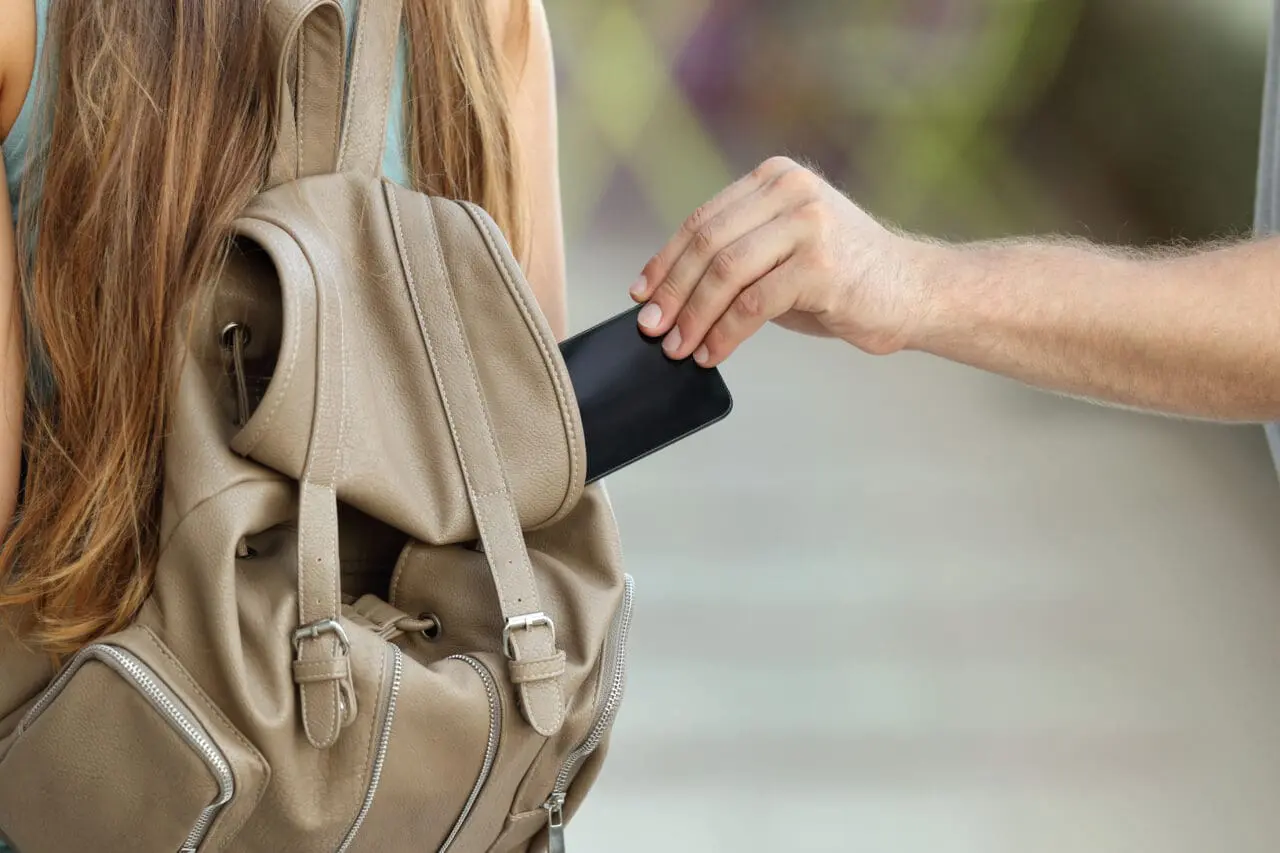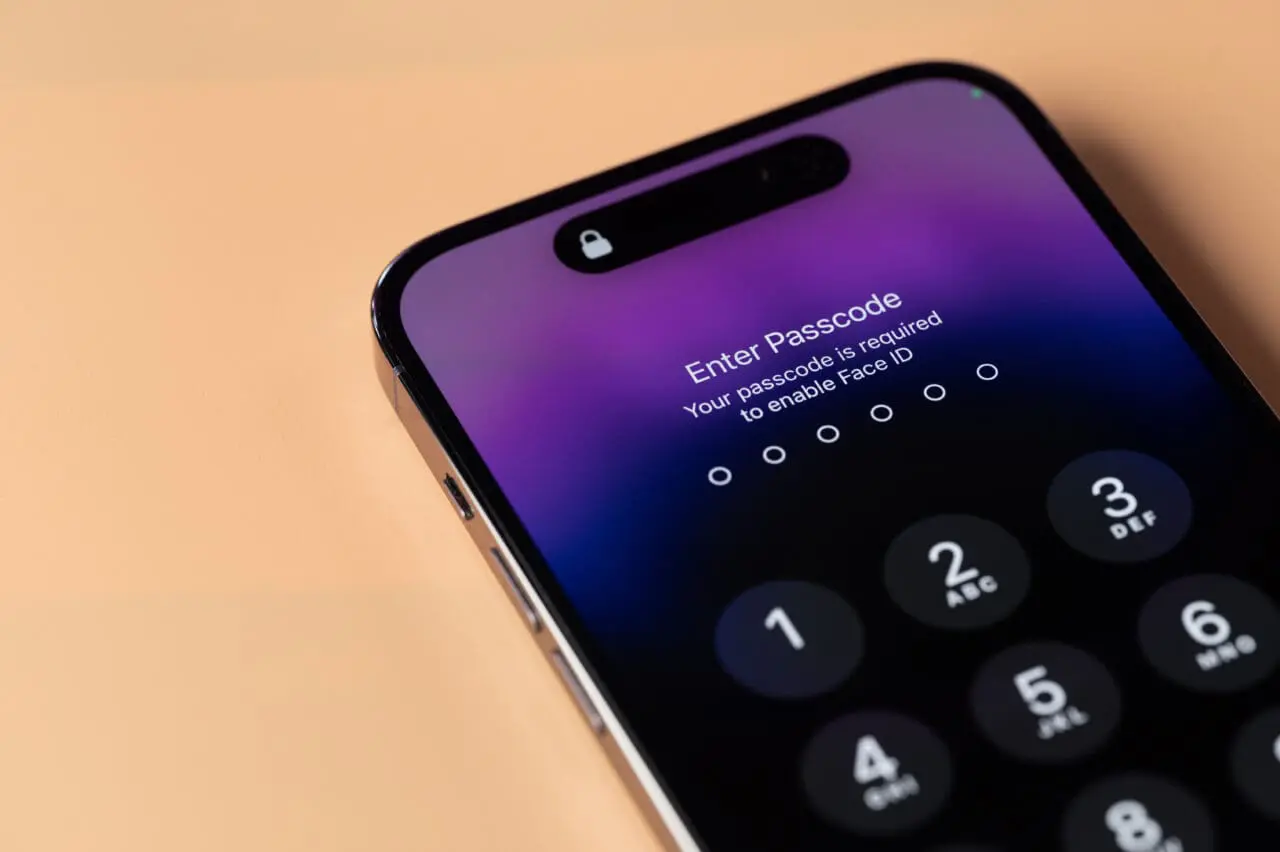

Ensuring the security of your iPhone has never been more crucial than it is today. Apple’s latest breakthrough, ‘Stolen Device Protection’, is the superhero feature every iPhone user needs to protect their devices from unauthorised access. This feature, resilient against theft and savvy intruders, requires your iPhone to identify familiar locations using the significant locations settings to function normally. Whenever your device finds itself in an unfamiliar territory, enhanced security protocols are activated. This poses a challenge for potential thieves as they will face additional security delays and the need to bypass biometric security measures, even if they have knowledge of your Apple ID password, iPhone passcode, and tap Face ID. If you value the integrity and security of your iPhone’s data, enabling this feature in your settings is an absolute must. Remember, this feature relies on a robust foundation of two-factor authentication, a device passcode, and critical Apple services like Face ID, Touch ID, and Find My iPhone.
Given the staggering amount of personal information stored on our smartphones, securing them is more crucial than ever. Apple’s Stolen Device Protection, along with the use of Apple ID password, safeguards your iPhone like a digital sentinel, guarding against data theft. It acts as an additional layer of protection that frustrates thieves by incorporating extra steps to verify your identity when your iPhone detects it’s in an unfamiliar location. By enabling Stolen Device Protection and safeguarding your Apple ID password, you can thwart unauthorised access and protect sensitive information, including payment methods saved and Apple Cash. This essential step ensures you maintain control over your personal data, even if your iPhone falls into the wrong hands. Take charge of your personal cybersecurity with iPhone Stolen Device Protection and Apple ID password.
Enable Stolen Device Protection provides your iPhone with a vigilant guardian that activates when it’s outside familiar locations. By utilising Significant Locations data, the phone detects when it’s not within registered safe spots like your home or office. In such instances, it enhances security by implementing a security delay and requiring biometric authentication for any changes to security settings. It’s not just about locking down your device; it’s about creating a dynamic shield that adapts to potential threats by keeping a digital eye on familiar terrains. So, even when you’re away from your device, rest assured it’s armed with cutting-edge protection to deter thieves and safeguard your personal data.
To enhance the security of your iPhone in this digital age, it’s wise to take the plunge. Thankfully, enabling ‘Stolen Device Protection’ is a straightforward process. Begin by navigating to your iPhone’s settings and ensuring two-factor authentication is activated for your Apple ID. Next, establish a strong device passcode while also setting up Face ID or Touch ID, depending on your model. Then, turn on ‘Find My iPhone’ to keep track of your device’s location, and enable Significant Locations to allow your iPhone to recognise familiar areas. Lastly, don’t forget to activate ‘Stolen Device Protection’ to enable security delay and protect your data from unwanted intruders. With these measures in place, your iPhone will be safeguarded, and your Apple Cash will remain inaccessible to unauthorised access.
To enhance the security of your iPhone, it is crucial to turn on the ‘Stolen Device Protection’ feature, which relies on two-factor authentication (2FA). This powerful security measure, known as ‘Stolen Device Protection’, ensures that even if someone learns your passcode, they will be unable to access your device without a second verification step. By combining something you know (your passcode) with something you have (a trusted device or phone number), 2FA significantly reduces the risk of unauthorised access. It is important to note that enabling ‘Stolen Device Protection’ requires the use of a recovery key for added security. Additionally, if you get a new device, make sure to set up 2FA and turn on the ‘Stolen Device Protection’ feature to safeguard your digital safety in today’s increasingly critical landscape.
In today’s fast-paced world, safeguarding your iPhone and its data is crucial. Apple’s revolutionary Stolen Device Protection is a game-changer in mobile security — a robust defence against phone loss or theft. By using the Significant Locations feature, it enhances security in unfamiliar areas. With iPhone passcode and stolen device protection enabled, rest assured that your data is safe. No need to worry about lost or stolen iPhones, as these advanced measures outsmart thieves. Having this cutting-edge feature is like having a personal security guard for your iPhone, ensuring your personal information stays secure in both familiar and unknown locations.
While no device can be entirely invulnerable, turning on Apple’s Stolen Device Protection feature offers an innovative way to maximize the security of your iPhone. This feature leverages Significant Locations to enhance security measures when the iPhone leaves familiar zones. By combining this with two-factor authentication, robust passcodes, and biometric identification options like Touch ID or Face ID, you create a multi-layered defence system. These integrated security features effectively fortify your iPhone, making it highly secure and challenging for potential thieves to breach. Activating Lost Mode further enhances protection by enabling you to remotely lock your device and track its location. By following a few simple steps to activate these features, you can significantly enhance the security of your personal data and have peace of mind knowing that your iPhone, along with all its data, is shielded against theft or loss.
By embracing the full spectrum of security measures that Apple provides, including Apple ID password sign-in and iPhone passcode reset options, you can make your iPhone a formidable challenge for any potential thief. It’s not just about having Stolen Device Protection; it’s also about understanding the necessity of each security layer and implementing them in unison. Regularly updating your iOS, managing your privacy settings with precision using the Settings app, and being vigilant about where and how you use your iPhone are all fundamental practices. They work alongside the technical features to construct an ecosystem within your device that prioritises the protection of your personal data. As digital threats evolve, so should our defences, and by staying ahead with these essential iPhone security measures, you effectively outsmart thieves and secure your digital footprint.
The Stolen Device Protection feature of an iPhone, called stolen device protection, utilises Significant Locations to identify familiar areas like your home or workplace. It recognizes patterns in your location history to discern safe zones. If your iPhone detects being in a non-approved area, it enhances its security protocols. For example, attempting to modify sensitive settings in unfamiliar places triggers a security delay requiring biometric verification. This smart geographical awareness is a cutting-edge advancement in digital protection, safeguarding your personal information, including payment methods saved, against unauthorised access, even if your device is misplaced.

This website uses cookies to improve your experience. Choose what you're happy with.
Required for the site to function and can't be switched off.
Help us improve the website. Turn on if you agree.
Used for ads and personalisation. Turn on if you agree.
This website uses cookies to improve your experience. Choose what you're happy with.
Required for the site to function and can't be switched off.
Help us improve the website. Turn on if you agree.
Used for ads and personalisation. Turn on if you agree.